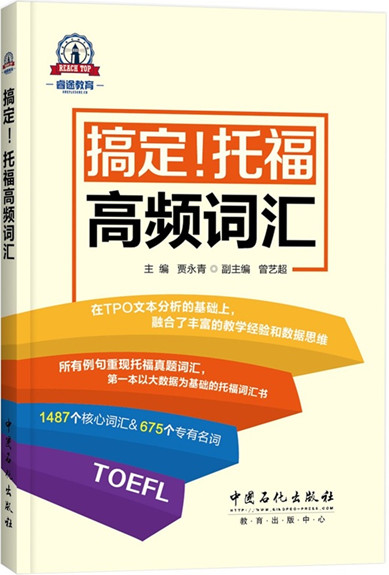�и���x��ģ�Mԇ�}���𰸽�����5��
����Throughout the nineteenth century and into the twentieth, citizens of the United States maintained a bias against big cities. Most lived on farms and in small towns and believed cities to be centers of corruption, crime, poverty, and moral degradation. Their distrust was caused, in part, by a national ideology that proclaimed farming the greatest occupation and rural living superior to urban living. This attitude prevailed even as the number of urban dwellers increased and cities became an essential feature of the national landscape. Gradually, economic reality overcame ideology. Thousands abandoned the precarious life on the farm for more secure and better paying jobs in the city. But when these people migrated from the countryside, they carried their fears and suspicious with them. These new urbanities, already convinced that cities were overwhelmed with great problems, eagerly embraced the progressive reforms that promised to bring order out of the chaos of the city.
����One of many reforms came in the area of public utilities. Water and sewerage systems were usually operated by municipal governments, but the gas and electric networks were privately owned. Reformers feared that the privately owned utility companies would charge exorbitant rates for these essential services and deliver them only to people who could afford them. Some city and state governments responded by regulating the utility companies, but a number of cities began to supply these services themselves. Proponents of these reforms argued that public ownership and regulation would insure widespread access to these utilities and guarantee a fair price.
����While some reforms focused on government and public behavior, others looked at the cities as a whole. Civic leaders, convinced that physical environment influenced human behavior, argued that cities should develop master plans to guide their future growth and development. City planning was nothing new, but the rapid industrialization and urban growth of the late nineteenth century took place without any consideration for order. Urban renewal in the twentieth century followed several courses. Some cities introduced plans to completely rebuild the city core. Most other cities contented themselves with zoning plans for regulating future growth. Certain parts of town were restricted to residential use, while others were set aside for industrial or commercial development.
����1. What does the passage mainly discuss?
����(A) A comparison of urban and rural life in the early twentieth century
����(B) The role of government in twentieth century urban renewal
����(C) Efforts to improve urban life in the early twentieth century
����(D) Methods of controlling urban growth in the twentieth century
����2. The word "biasƫҊ" in line 2 is closest in meaning to
����(A) diagonal���
����(B) slope
����(C) distortion
����(D) prejudice
����3. The first paragraph suggests that most people who lived in rural areas
����(A) were suspicious of their neighbors
����(B) were very proud of their lifestyle
����(C) believed city government had too much power
����(D) wanted to move to the cities
����4. In the early twentieth century, many rural dwellers migrated to the city in order to
����(A) participate in the urban reform movement
����(B) seek financial security
����(C) comply with a government ordinance
����(D) avoid crime and corruption
����5. The word "embraced����" in line 11 is closest in meaning to
����(A) suggested
����(B) overestimated
����(C) demanded
����(D) welcomed
����6. What concern did reformers have about privately owned utility companies?
����(A) They feared the services would not be made available to all city dwellers.
����(B) They believed private ownership would slow economic growth
����(C) They did not trust the companies to obey the government regulations.
����(D) They wanted to ensure that the services would be provided to rural areas.
����7. The word "exorbitant�^�ߵ�(�r�X)" in line 16 is closest in meaning to
����(A) additional
����(B) expensive
����(C) various
����(D) modified
����8. All of the following were the direct result of public utility reforms EXCEPT
����(A) local governments determined the rates charged by private utility companies
����(B) some utility companies were owned and operated by local governments
����(C) the availability of services was regulated by local government
����(D) private utility companies were required to pay a fee to local governments
����9. The word "Proponents֧����" in line 18 is closest in meaning to
����(A) Experts
����(B) Pioneers
����(C) Reviewers
����(D) Supporters
����10. Why does the author mention "industrialization" (line 24)?
����(A) To explain how fast urban growth led to poorly designed cities
����(B) To emphasize the economic importance of urban areas
����(C) To suggest that labor disputes had become an urban problem
����(D) To illustrate the need for construction of new factories
����CDBBD ABDDA





